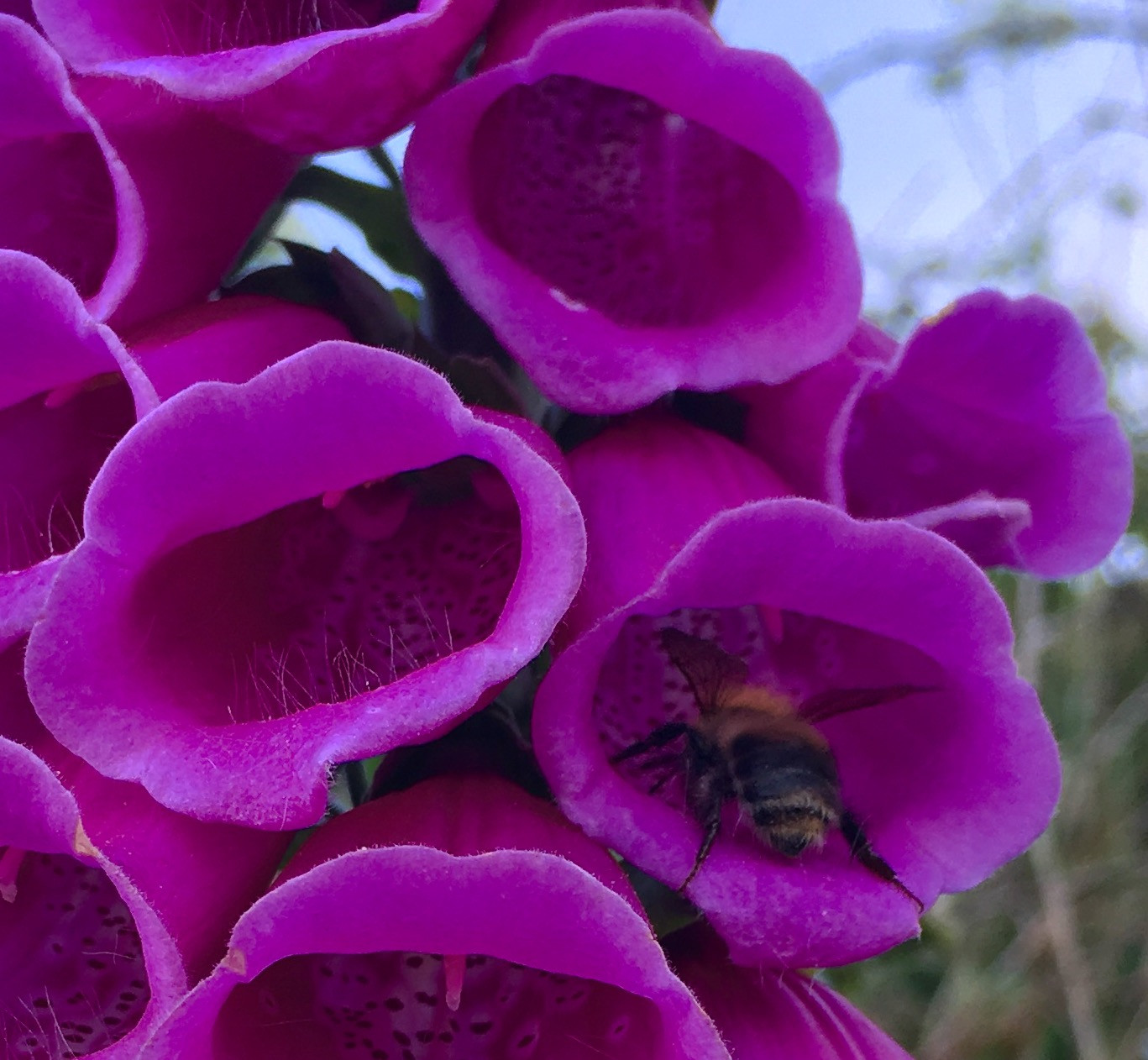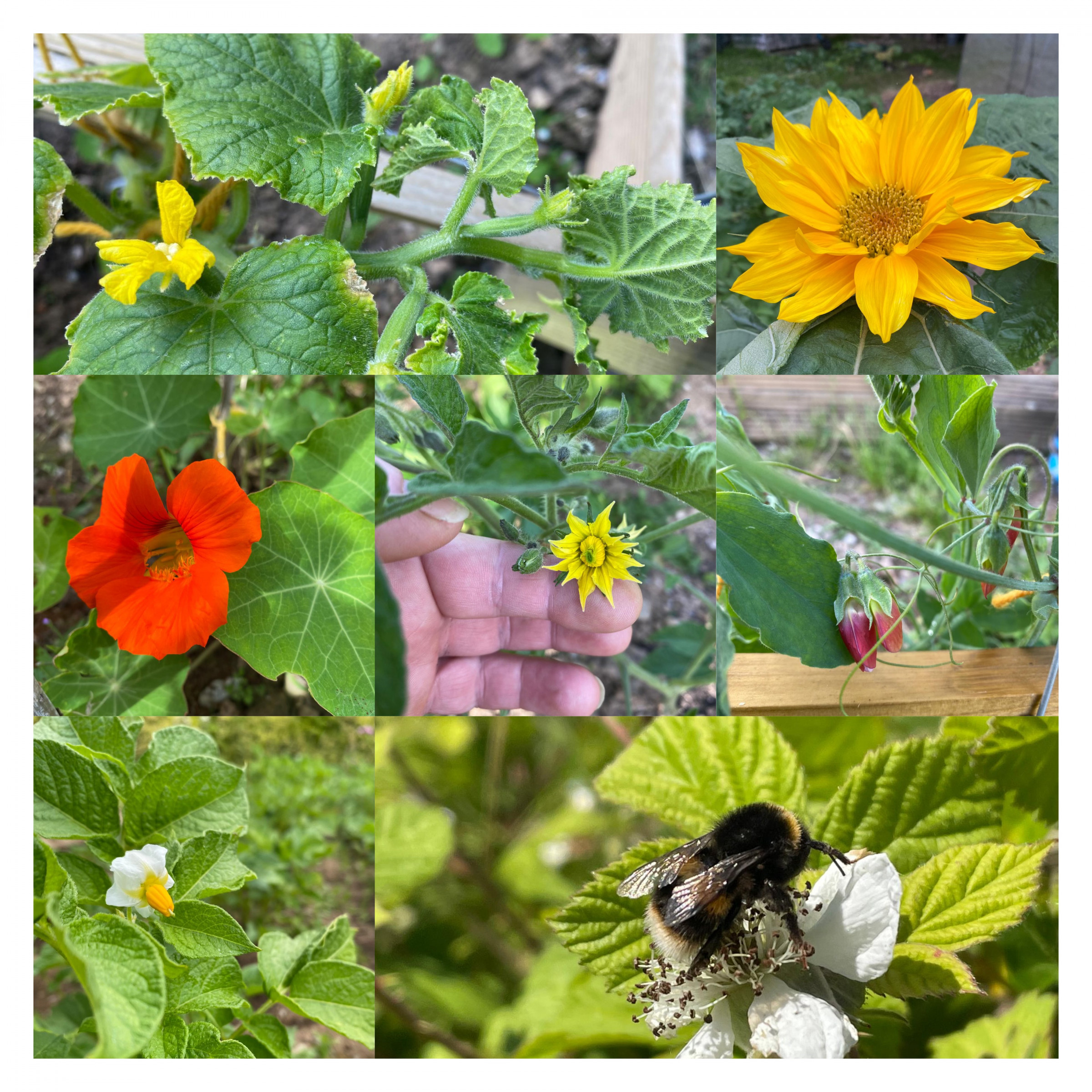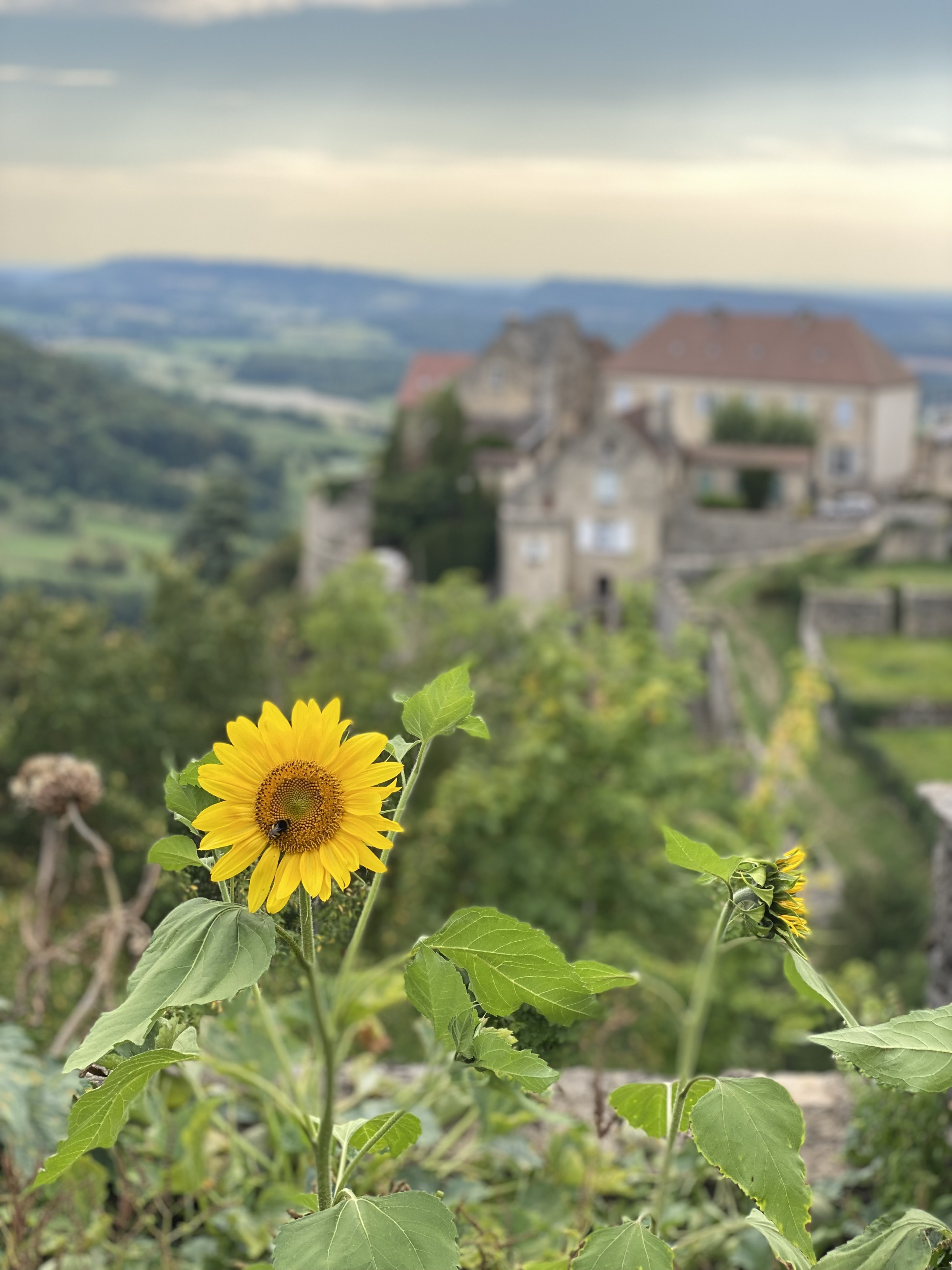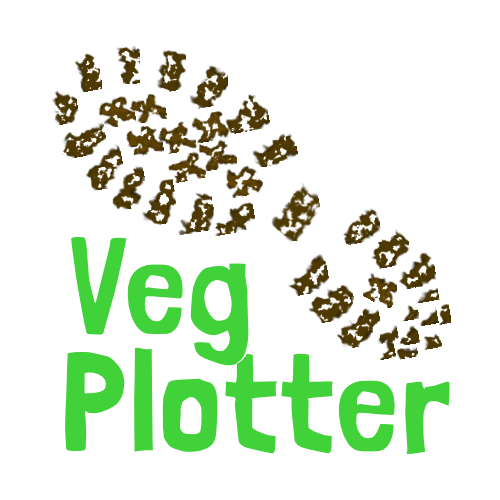Buzzing with Life: Attracting Pollinators

Today, we're diving into the wonderful world of pollinators and how to make your allotment a haven for these essential creatures. Bees, butterflies, and other pollinators are vital for a thriving garden, responsible for the pollination that leads to bountiful harvests. Without them, our fruit and vegetable yields would be drastically reduced. So, let's explore how to attract these busy helpers and reap the rewards.
Why are Pollinators so Important?
Pollinators play a crucial role in the reproduction of plants. They transfer pollen from one flower to another, enabling the plant to produce fruits, vegetables, and seeds. A healthy pollinator population means more fruits, bigger vegetables, and a more vibrant ecosystem in your allotment. Attracting them isn't just good for your garden; it's good for the environment.
Creating a Pollinator Paradise:
The key to attracting pollinators is diversity. A garden with a variety of flowering plants provides a constant source of food and shelter throughout the season. Consider these tips:

- Plant a diverse range of flowers: Different pollinators are attracted to different shapes, colours, and scents. A mix of flowering plants ensures you'll attract a wide variety of species.
- Choose native plants: Native plants are adapted to the local climate and soil conditions, making them easier to grow and a vital food source for native pollinators.
- Plant in clumps: Planting flowers in groups or drifts makes it easier for pollinators to find them and encourages them to stay in your garden.
- Provide a water source: Pollinators need water just like any other living creature. A shallow dish of water with pebbles for them to land on will be greatly appreciated.
- Avoid pesticides: Many pesticides are harmful to pollinators. Opt for natural pest control methods whenever possible.
- Provide shelter: Consider leaving some areas of your garden slightly wild, with long grasses or piles of twigs, to provide shelter and nesting sites for pollinators.
Planting for Pollinators: A Guide:
Here's a list of ten flowers and shrubs that are excellent for attracting pollinators, along with the pollinators they attract and some of the fruits and vegetables they help to pollinate:

- Lavender: Attracts bees, butterflies, and moths. Pollinates a wide range of crops, including tomatoes, peppers, and aubergines.
- Borage: Attracts bees, especially bumblebees. Benefits strawberries, squash, and cucumbers.
- Phacelia: A favourite of bees and hoverflies. Improves pollination of beans, peas, and other legumes.
- Sunflowers: Attract bees and butterflies. Helps pollinate squash, pumpkins, and cucumbers.

- Cosmos: Attracts butterflies and bees. Benefits a variety of vegetables, including tomatoes and peppers.
- Rosemary: Attracts bees and other pollinators. Helps pollinate a variety of herbs and vegetables.
- Thyme: Attracts bees and hoverflies. Benefits brassicas like cabbage and broccoli.
- Echinacea (Coneflower): Attracts bees, butterflies, and other beneficial insects. Helps pollinate a range of flowers and vegetables.
- Clover: A favourite of bees, especially honeybees. Benefits a wide range of crops, including fruit trees and legumes.
- Apple Blossom: Attracts bees and other pollinators. Essential for pollinating apples and other fruit trees.
By incorporating these plants and following the tips above, the garden planner can transform your allotment into a buzzing haven for pollinators. Not only will you be helping these vital creatures, but you'll also be rewarded with a more productive and beautiful garden. Happy gardening!


